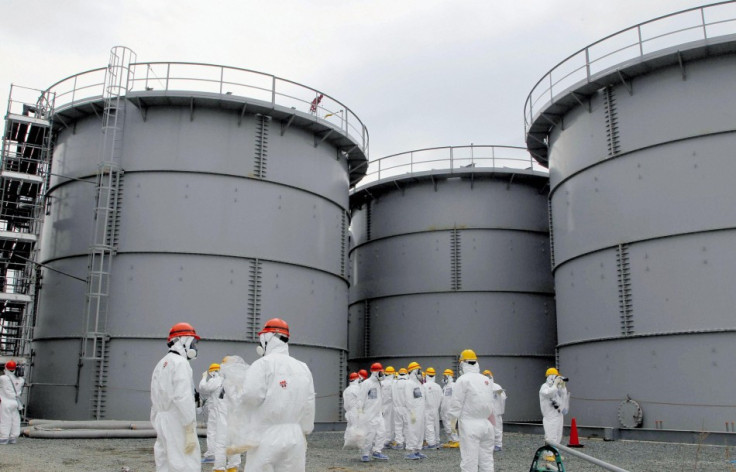China to Raise Nuclear Power Capacity by 20% in 2013
China plans to become third-largest operator of nuclear plants in the world by 2020

China is planning to increase its installed nuclear energy capacity by 20 percent in 2013 as the world's second-largest economy looks for ways to meet its growing energy needs.
China's planned increase indicates that the country is developing nuclear power in a safe and efficient way, Chairman of the China Guangdong Nuclear Power Group He Yu told state-run Xinhua news agency.
The country would produce 3.24 gigawatts (GW) more nuclear power in 2013, Xinhua reported, citing a report of the National Development and Reform Commission.
By 2020, China will be the third-largest in operating nuclear plants, following the US and France. It had 15 nuclear power generating units in operation with a total installed capacity of 12.54 GW, according to official data released in October 2012.
He added that China currently has another 30 nuclear units under development, capable of adding about 32.81GW of energy.
Nevertheless, the proportion of nuclear energy capacity to China's total power generating capacity is still below the global average of 14 percent. In October 2012, nuclear power accounted for only 1.4 percent of the country's total power output. The proportion is expected to increase to about 4 percent by 2020, when China will produce 58GW of nuclear energy.
China, which has the highest population in the world, halted its nuclear power development after the Fukushima nuclear disaster in Japan in March 2011. The country suspended approvals for nuclear projects and reviewed existing projects across the nation for safety. It cautiously resumed approvals in October 2012.
In January, China broke ground on a nuclear power project in the city of Rongcheng in east China's Shandong Province. Having an investment of 3bn yuan ($476m, £324m), the project will produce 200 megawatts.
It features a high-temperature gas-cooled reactor with fourth-generation facilities to be used for commercial purposes and will start generating power by the end of 2017.
© Copyright IBTimes 2024. All rights reserved.







